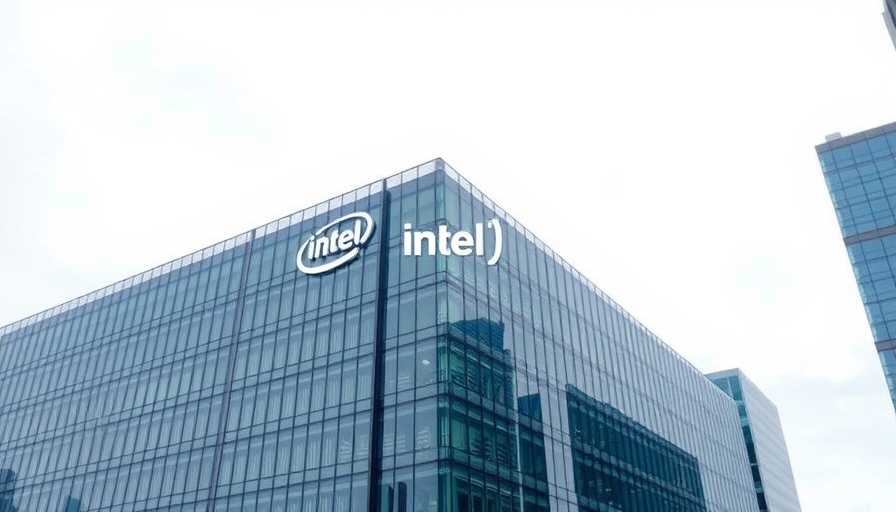
Trump's Tariffs: A Double-Edged Sword for the Semiconductor Industry
In a surprising move, President Donald Trump announced sweeping tariffs affecting a range of imports, including critical components for the semiconductor industry. Initially, the announcement brought relief to tech companies when some semiconductor imports were exempted; however, a deeper look reveals that the loopholes and exclusions are causing more harm than good to American chip manufacturers.
The Complex Landscape of Semiconductor Imports
The semiconductor sector is intricately linked to the broader technology ecosystem, making it particularly sensitive to tariff changes. Despite efforts by the White House to carve out exemptions, a substantial portion of chip-related goods remain subjected to higher import duties. Only a limited list of products has qualified for the exemption, leaving many companies scrambling as they deal with elevated costs associated with graphics processing units (GPUs) and other chipmaking equipment that are vital for producing a diverse array of technological devices.
The Economic Impact of Tariffs on Tech Companies
Experts argue that these tariffs could hinder the U.S. semiconductor revival, which is critical to maintaining competitiveness on the global stage. Martin Chorzempa from the Peterson Institute for International Economics elaborated on this concern, stating that investments of hundreds of billions would yield diminished returns in a landscape shaped by increased costs due to tariffs. This sentiment is echoed by Stacy Rasgon of Bernstein Research, who highlights that the effective blended tariff rates could be as daunting as 40% when considering the cost impacts across the supply chain.
Industry Responses: Navigating Uncertainty
As the semiconductor industry grapples with this new tariff regime, companies are exploring various strategies to manage costs and sustain growth. Some are looking towards diversifying their supply chains, engaging in domestic production, or lobbying for additional exemptions from the government. However, these strategies come with their own set of challenges, requiring careful consideration of the global market dynamics and potential retaliations from trade partners.
Future Predictions: Will the U.S. Lead in Semiconductor Manufacturing?
The future of U.S. semiconductor manufacturing hinges on both domestic policies and global competition. As other nations ramp up their semiconductor production capabilities, the U.S. risks falling behind if key sectors are not adequately protected. The potential for subsidies, public-private partnerships, and investment incentives may become crucial in revitalizing the industry, enabling it to regain its foothold in a market increasingly dominated by foreign entities.
Understanding the Broader Economic Implications
The ramifications of these tariffs extend beyond the semiconductor industry alone. In a world where semiconductors power everything from everyday consumer electronics to advanced AI systems, a downturn in this sector could jeopardize technological advancement across the board. The health of the overall economy is intertwined with the semiconductor sector, impacting jobs, innovation, and the country's technological leadership.
Calls for Action: Advocacy for Change
As the industry navigates these troubled waters, the importance of advocacy cannot be overstated. Businesses, industry leaders, and policymakers must collaborate to ensure that necessary reforms are made. Engaging in dialogue with trade organizations, seeking a revision in tariff codes, and supporting local manufacturers are essential steps in restoring stability and promoting growth within the sector.
If you are a business leader or involved in the tech industry, consider advocating for policies that support the semiconductor sector, paving the way for a resurgent manufacturing landscape in the United States. Your voice can contribute to meaningful change that enables innovation and economic growth for all.
 Add Row
Add Row  Add
Add 




 Add Row
Add Row  Add
Add 

Write A Comment